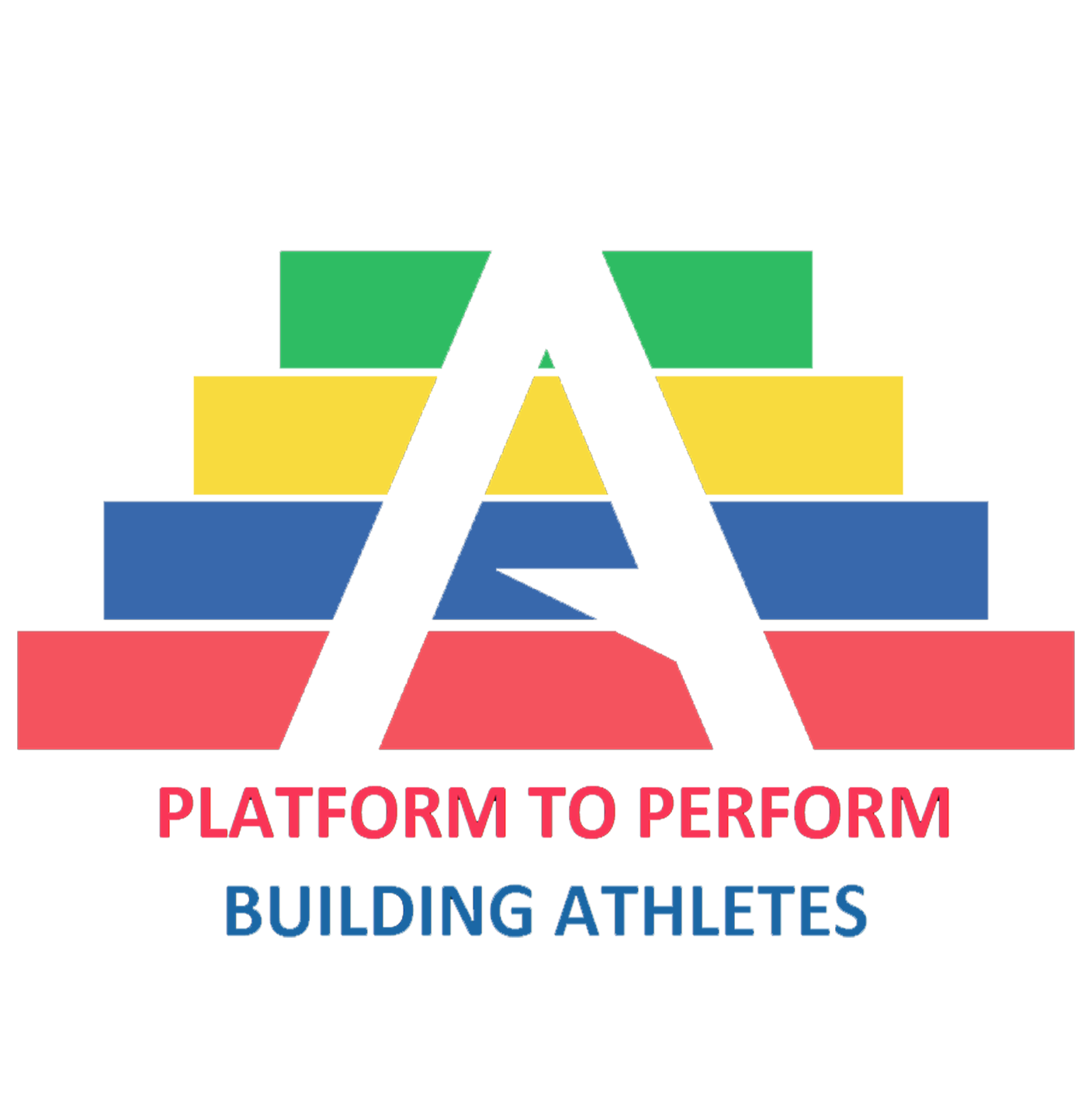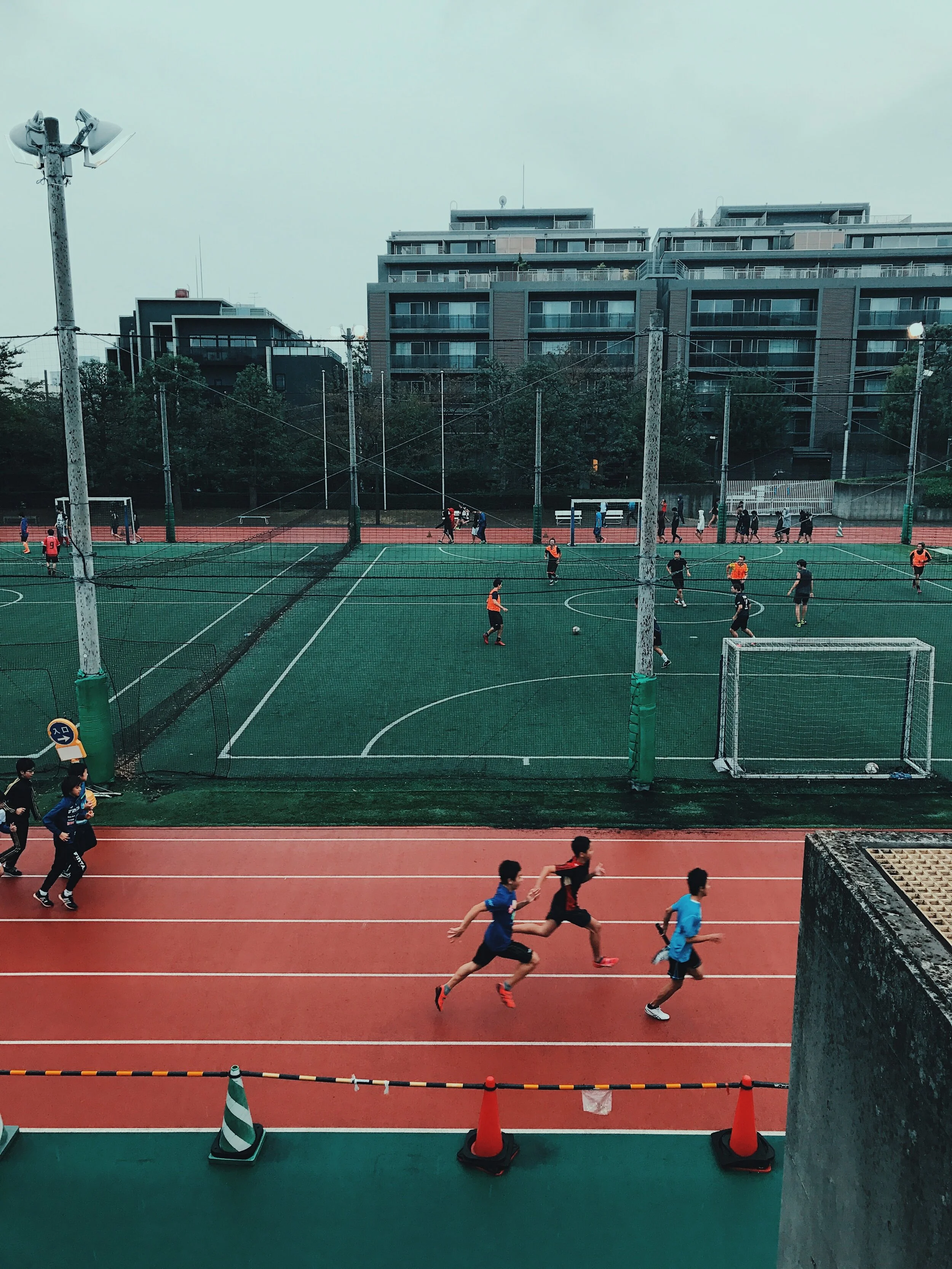If you had your hand on the brakes and you were trying to cycle faster...would you pedal harder or take your hands off the brakes?”
Often times we try to apply a model that has been designed for developing speed in highly tuned professional athletes (with well-developed movement skills!) and apply it to kids who cannot efficiently perform movement tasks that resemble tenants of sprinting.













